Only days to go until Fifa 2014 begins and excitement is reaching fever pitch. The flag of St George is flying off shelves and most World Cup campaigns are well under way - but this time there is a distinct shift in approach by brands.
For as long as I can remember, World Cup marketing has been about lager, razors and football boots. Fifa 2014, however, has a distinctly more feminine and inclusive feel. It starts with the Fifa slogan ‘All In One Rhythm’. This reflects Brazil’s samba culture but has an inclusive and female vibe that draws me in.
Global viewing figures for World Cup 2010 show 40% of those watching were female (women outnumbering men in some regions) and research by the UK Football League shows a woman can be as big a fan as any man - if not bigger. That’s why they are investing in women’s football and trying hard to make football more inclusive.
”Appealing to women doesn’t require being overtly female”
Brands are starting to tap this, which is why campaigns for a number of the main sponsors have been given the female touch. They’re less about strength, power and winning and more about caring, community and togetherness.
Coca-Cola’s UK campaign invites consumers to share homemade videos that show their ‘Moments of Happiness’. This is complemented by a global campaign with documentary-style films showing how the sport brings communities closer together. Budweiser’s Rise As One campaign uses documentaries, too, to capture the way football lifts the lives of fans around the world. In both cases, the films are engaging to anyone.
There are official brand sponsors that are totally unexpected. Johnson & Johnson has been named Official Healthcare Sponsor of FIFA 2014, promoting its ‘passion for caring and devotion to families’.
Non-sponsors are getting in on the act, too. Strongbow’s Earn It challenges men to enter their football team to win the chance to compete against one of Brazil’s top female teams. These women are shown as sexy but strong too.
These campaigns show a big shift in brand thinking - but it makes sense given 85% of consumer purchase decisions are made by women. They’ll be the ones in the supermarket in June buying the beers - not the men.
What’s interesting about this trend is that brands are starting to understand that appealing to women doesn’t require being overtly female. It’s about using more emotive language, personal stories, stylish design and being relevant. These campaigns show it is possible to keep male audiences engaged while broadening appeal to women.
There is perhaps, though, one trick being missed. Yes, the World Cup is a global spectacular, but it’s one month, every four years. In the spirit of a more female-orientated approach, should brands be looking more at creating enduring connections with consumers via sport? McDonald’s Kickstart does this brilliantly, funding football at a grassroots level and creating ongoing emotional ties with mum, dad and the kids too. I guess it comes down to what’s worth more - a one-night-stand or a nurturing relationship that lasts for the long-term?
Sam Ellison is managing partner of Redshoe Brand Design

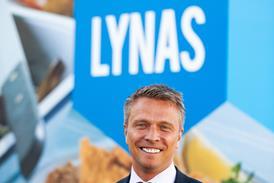


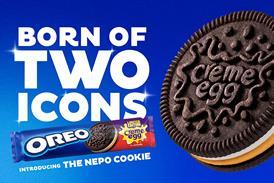


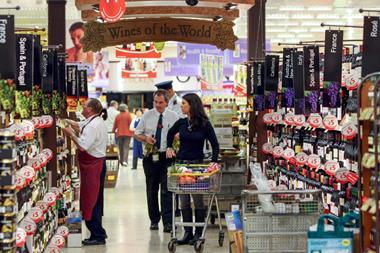
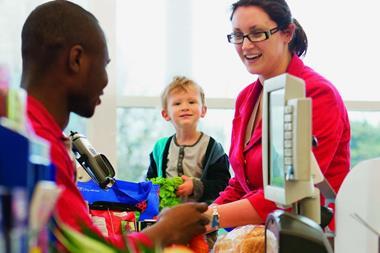




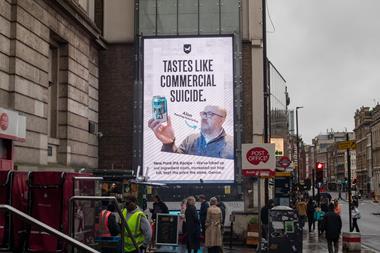





No comments yet